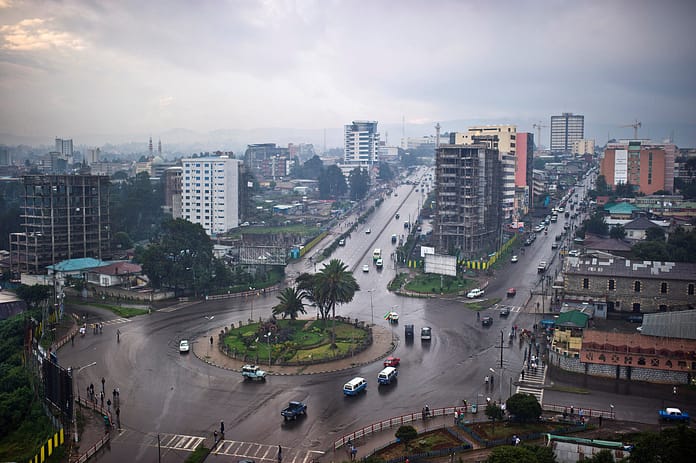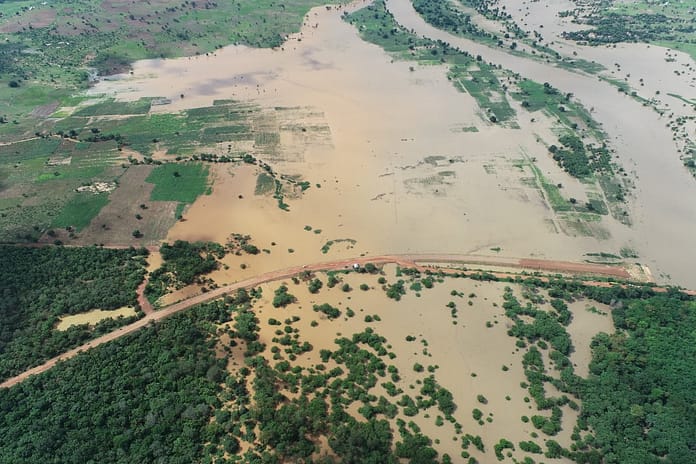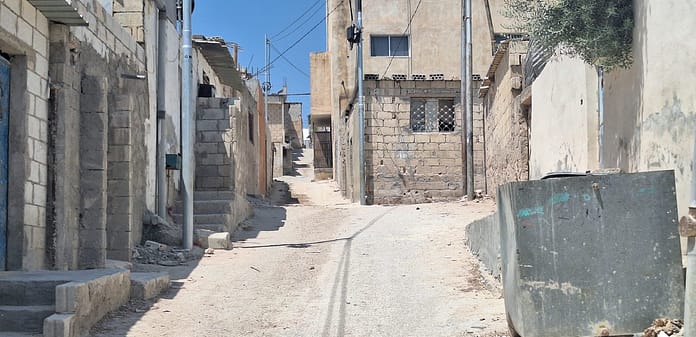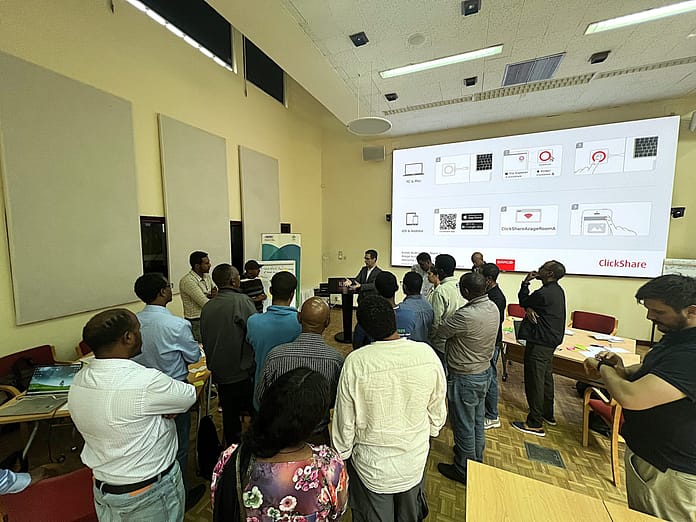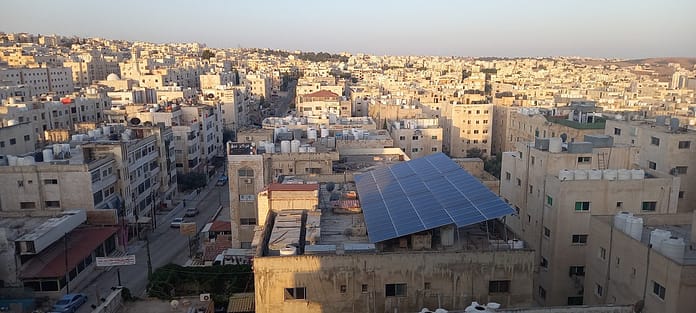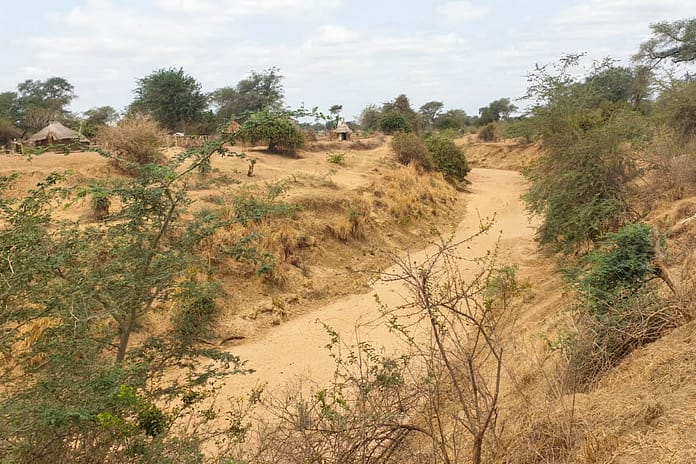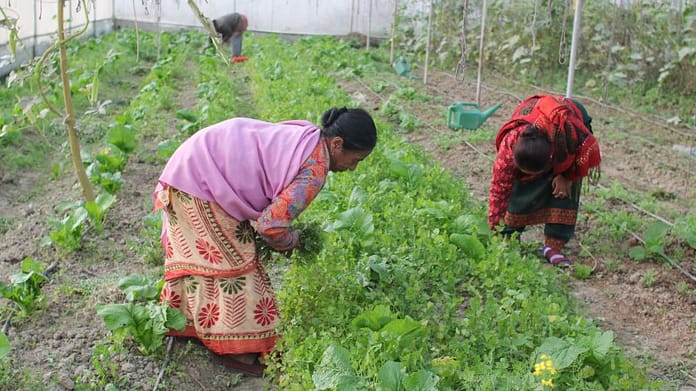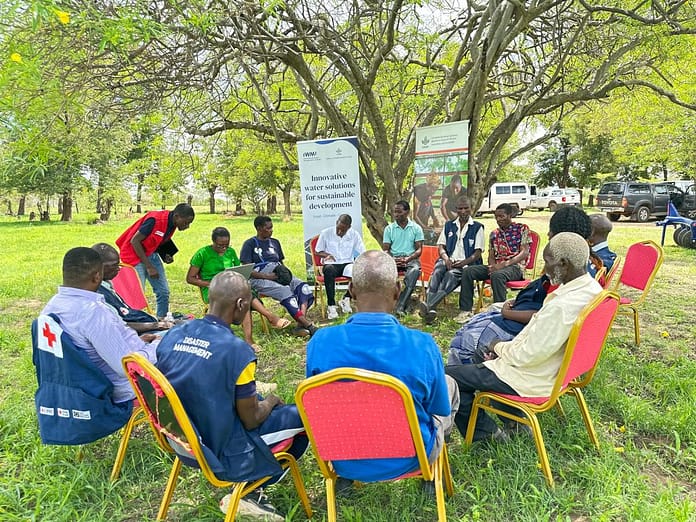By Mitchell McTough
What is a fragile and conflict-affected setting?
Crises manifest in diverse forms and are categorized as complex, slow-onset, or rapid-onset. Complex emergencies involve multifaceted issues such as armed conflict and political instability, which severely disrupt societal structures and livelihoods, and can leave communities in a state of prolonged displacement. Slow-onset crises, such as droughts or environmental degradation, gradually undermine communities, often eluding immediate attention until they reach severe magnitudes. Rapid or sudden-onset crises, including earthquakes and floods, strike suddenly, causing immediate and widespread disruption. Frequently, these crises overlap in poly-crisis environments, exacerbating vulnerabilities and complicating response efforts. These are classified as fragile and conflict-affected settings (FCAS). Notably, countries hosting large numbers of displaced persons often face the dual challenges of natural hazards and persistent conflict. These countries bear the brunt, housing over 80% of the global displaced population and experiencing a disproportionate share of the world’s disasters and conflicts.
Over the past decade, anticipatory action (AA), whilst being a developing concept since the early 2000s, has advanced to deliver on gaps in humanitarian responses to crises. In that time, most of the crises AA has dealt with have been described as slow and rapid onset. However, recent policy dialogues increasingly seek to address the simultaneous challenges of applying anticipatory action (AA) in contexts already marked by displacement. In particular, those stemming from conflict, the impact of prolonged complex crises, or facing the compounding effects of slow and/or rapid crises.
Unpacking Anticipatory Action
Anticipatory action can be understood as pre-emptive measures, activities and funding, to avert the effects of shocks from crises based on predictive insights. It forms one part in a spectrum of early actions. This further differentiates it from early warnings—designed to avoid crises through alerts and preparedness—and early responses, which are immediate post-crisis interventions to mitigate the impact. However, packaged together, within a continuous flow—imagine a Mobius strip—early warning, connected to early actions facilitates anticipatory action and early responses that have the power to save lives. Not only can people be saved, but the lives of people contending with the poly-crises can be permanently changed for the better, especially when properly applied within a Disaster Risk Management (DRM) model.

As a developing early action tool, AA can build resilience and climate adaption among communities already affected by conflict, including addressing gender-specific needs and vulnerabilities. As a co-leader of the CGIAR Initiative on Fragility, Conflict and Migration, the International Water Management Institute (IWMI) has been working to deepen insights into food, land, and water vulnerabilities among communities hosting displaced populations in fragile environments. This work involves actively engaging in research on anticipatory action (AA) in FCAS. Whilst this research has built on the question of how impactful AA could be in FCAS and where other research has examined AA’s success in non-conflict areas, it leaves space to uncover how AA can meet expectations when it matters most to FCAS.
Why is this important?
Fragile and conflict-affected settings are characterized by a multiplicity of shocks, felt most by those with the highest vulnerabilities. This is particularly the case in communities already hosting displaced persons. These groups live within a dynamic environment shaped by national and possibly regional decision-makers, who can influence their realities by adopting AA frameworks and mobilizing support, often through international donor aid. These efforts are coordinated within a complex network of humanitarian, development, and peacebuilding practitioners, forming an interconnected web of AA responders activated by early warning systems. The early action process is complex and intricately organized but relying solely on “no regret” actions may lead to misconduct, inaccurate displacement figures, or reported needs that are at odds with reality. How can we enhance the accuracy of information during early actions, and ensure AA measures are effectively relevant and responsive to real-world conditions? Additionally, in a climate of limited funding, how can donor engagement and trust in AA be sustained in complex and prolonged crises to utilize their support to its fullest?
Unifying Stakeholders
At the heart of this discussion, the interests of all stakeholders, including donors, government officials, researchers, and professionals from the humanitarian, development, and peacebuilding sectors, must be united. Unifying stakeholders to ensure that early actions do not fall short of the mark can address the needs of some of the world’s most vulnerable populations.
The Humanitarian Network and Partnerships Weeks (HPNW) began on the 29th of April and runs until the 10th of May. Over the course of the two weeks HNPW, taking place online and in-person at the International Conference Center Geneva, will gather participants from across the humanitarian sector to “solve common challenges in humanitarian affairs.” On behalf of IWMI and the CGIAR Fragility, Conflict and Migration Initiative I will be participating in HNPW both online and on the conference floor. Our goal is to continue to strengthen partnerships and advance support for displaced and host communities through collaboration with a diverse range of stakeholders from across the humanitarian, development, and peacebuilding sectors.
For more information on the work of CGIAR’S Fragility, Conflict and Migration initiative contact Sandra Ruckstuhl, co-lead of IWMI’s Fragility, Conflict and Migration Initiative and lWMI Senior Researcher at s.ruckstuhl@cgiar.org.



